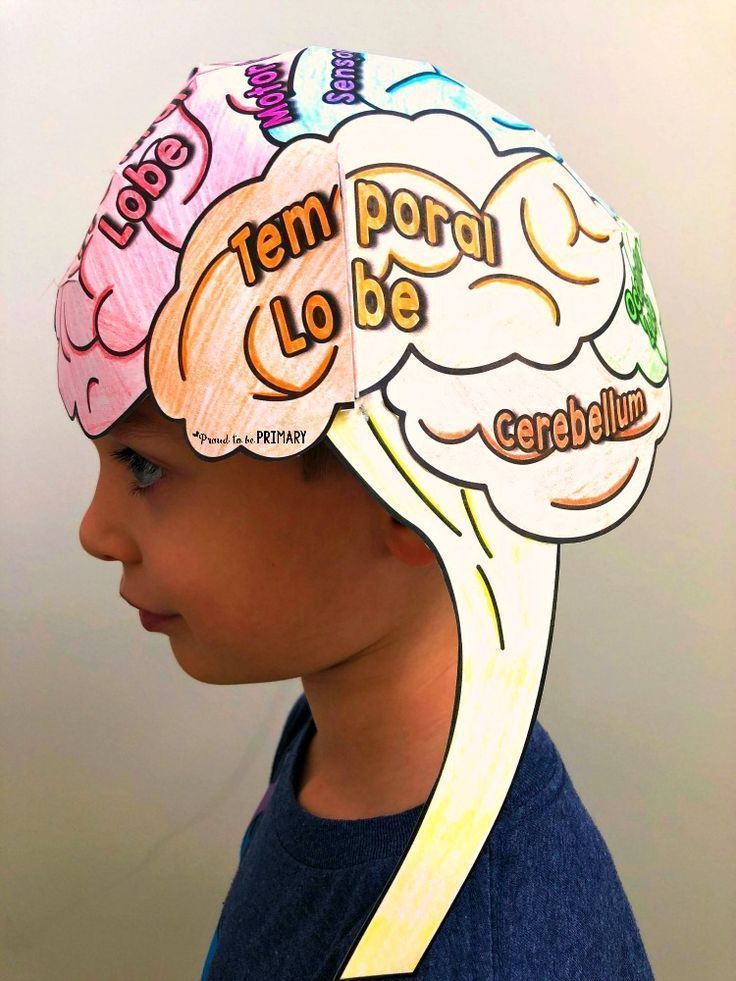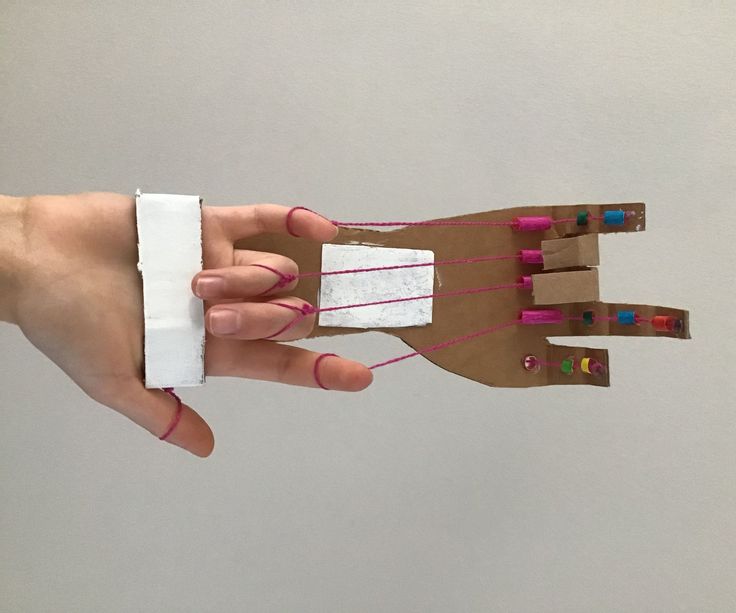Introduction:
In today’s fast-paced world, organizing thoughts and focusing on tasks can be challenging for children. Brain mapping activities are a fun and effective way to help kids develop essential cognitive skills. Here are 16 brain mapping activities that can help your child organize their thoughts and improve their focus.
1.Mind Maps:
A creative technique that uses diagrams to visually organize information, making it easier for kids to see connections between ideas.
2.Storyboards:
Breaking down stories or narratives into a sequence of images or text boxes helps children understand the structure and flow of events.
3.Concept Maps:
Similar to mind maps but more focused on concepts and their relationships, these visual diagrams encourage critical thinking.
4.Flowcharts:
Flowcharts use simple shapes and arrows to represent the flow of information, helping kids understand processes and sequences in various subjects.
5.KWL Charts:
This stands for “Know”, “Want to Know”, and “Learned”, helping kids organize their thoughts before, during, and after learning new topics.
6.Venn Diagrams:
Two or more circles that overlap to illustrate similarities and differences between multiple subjects or concepts.
7.Timelines:
Displaying events in a chronological order allows kids to recognize patterns in history or life experiences.
8.Word Webs:
Visually linking related words encourages a deeper understanding of vocabulary and word relationships.
9.Mnemonics:
Creating memory aids such as acronyms or associations helps kids remember important facts or concepts.
10.Chunking Information:
Breaking information into smaller ‘chunks’ makes it easier for children to process, memorize, and categorize.
11.Visualization Exercises:
Encourage your child to create mental images of scenarios or processes which helps in better understanding and retention.
12.Color Coding:
Using various colors to differentiate information allows kids to connect ideas visually and categorize their thoughts.
13.Outlining:
Creating structured lists or hierarchical outlines promotes logical organization of ideas and facts.
14.Note-taking Skills:
Developing effective note-taking habits supports better information retention and organization of thoughts.
15.Brainstorming Sessions:
Encouraging group discussions and ideation aids in creating a dynamic flow of ideas and improves problem-solving skills.
16.Memory Games:
Matching games, puzzles, and other memory-enhancing exercises help strengthen cognitive abilities in children.
Conclusion:
Brain mapping activities can help children become more organized, improve their focus, and develop critical thinking skills. Explore these 16 techniques to find the best-suited activities that engage and inspire your child’s learning journey.



